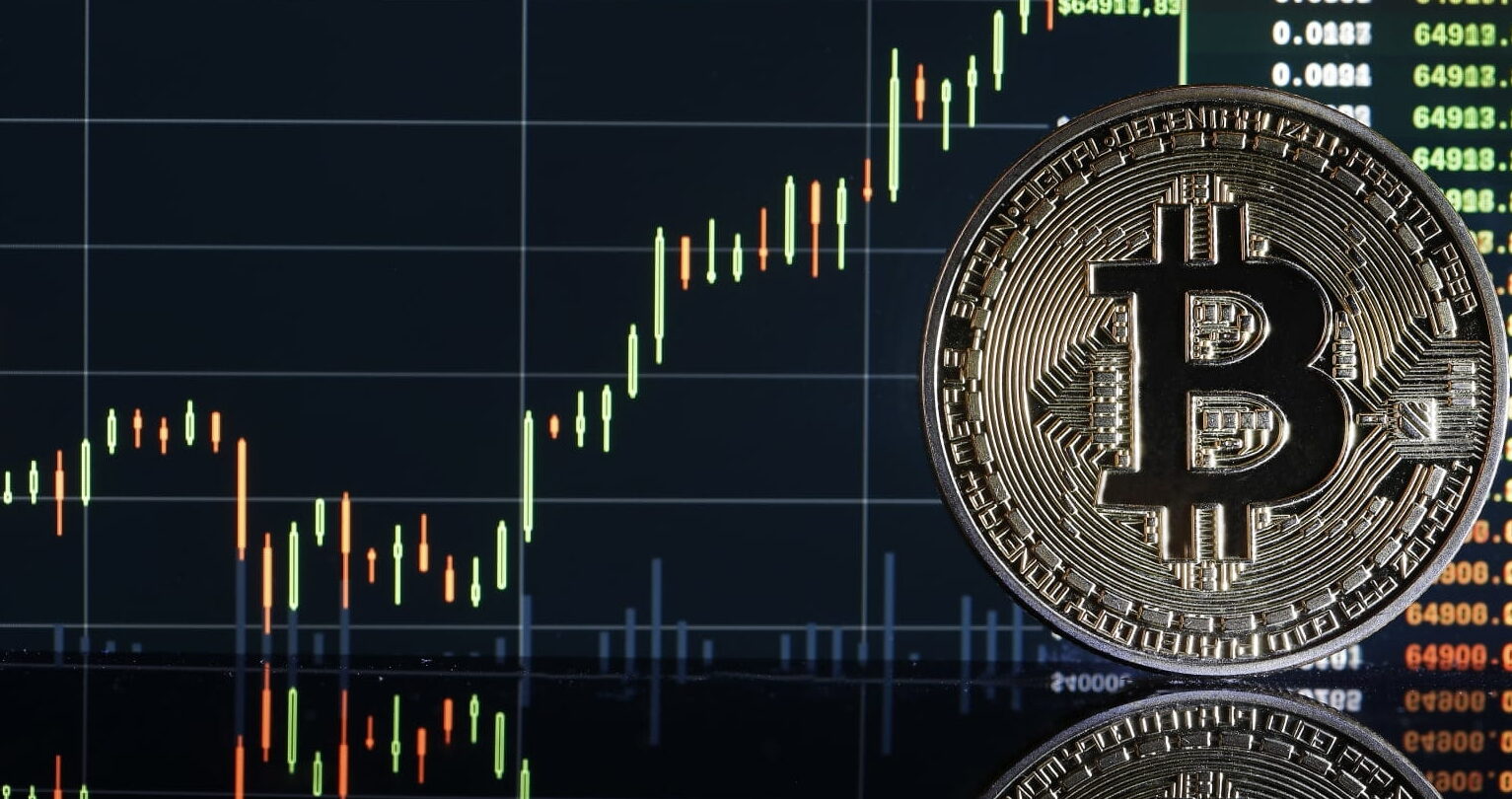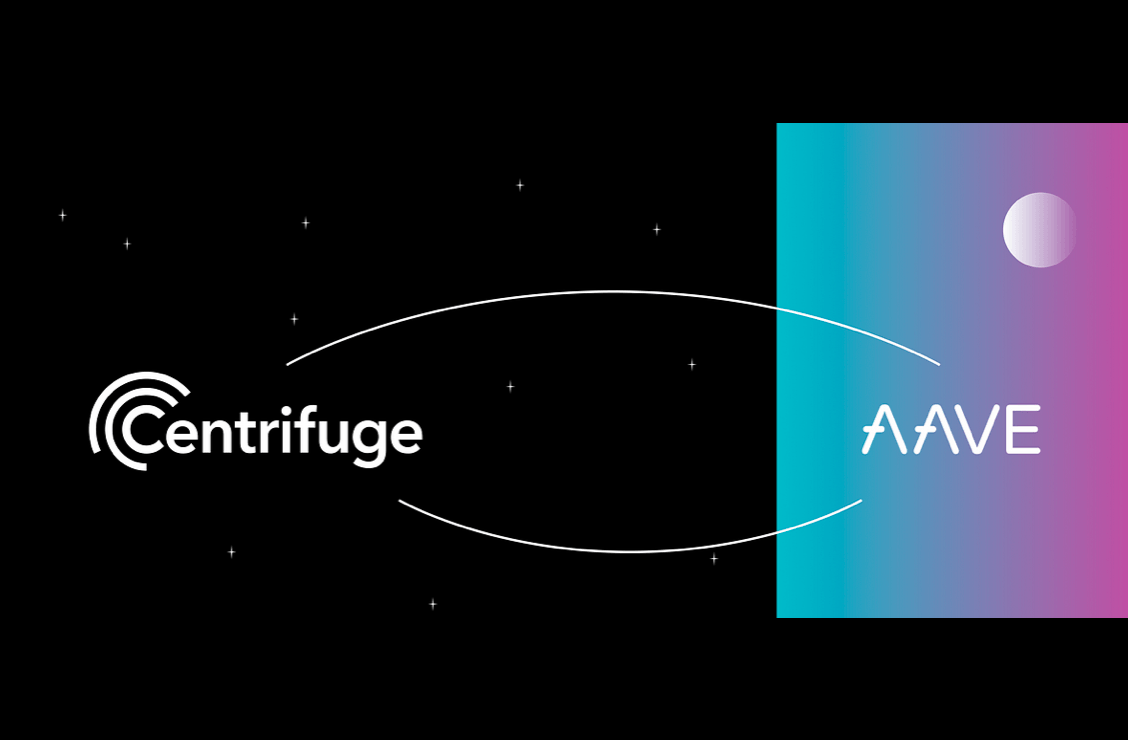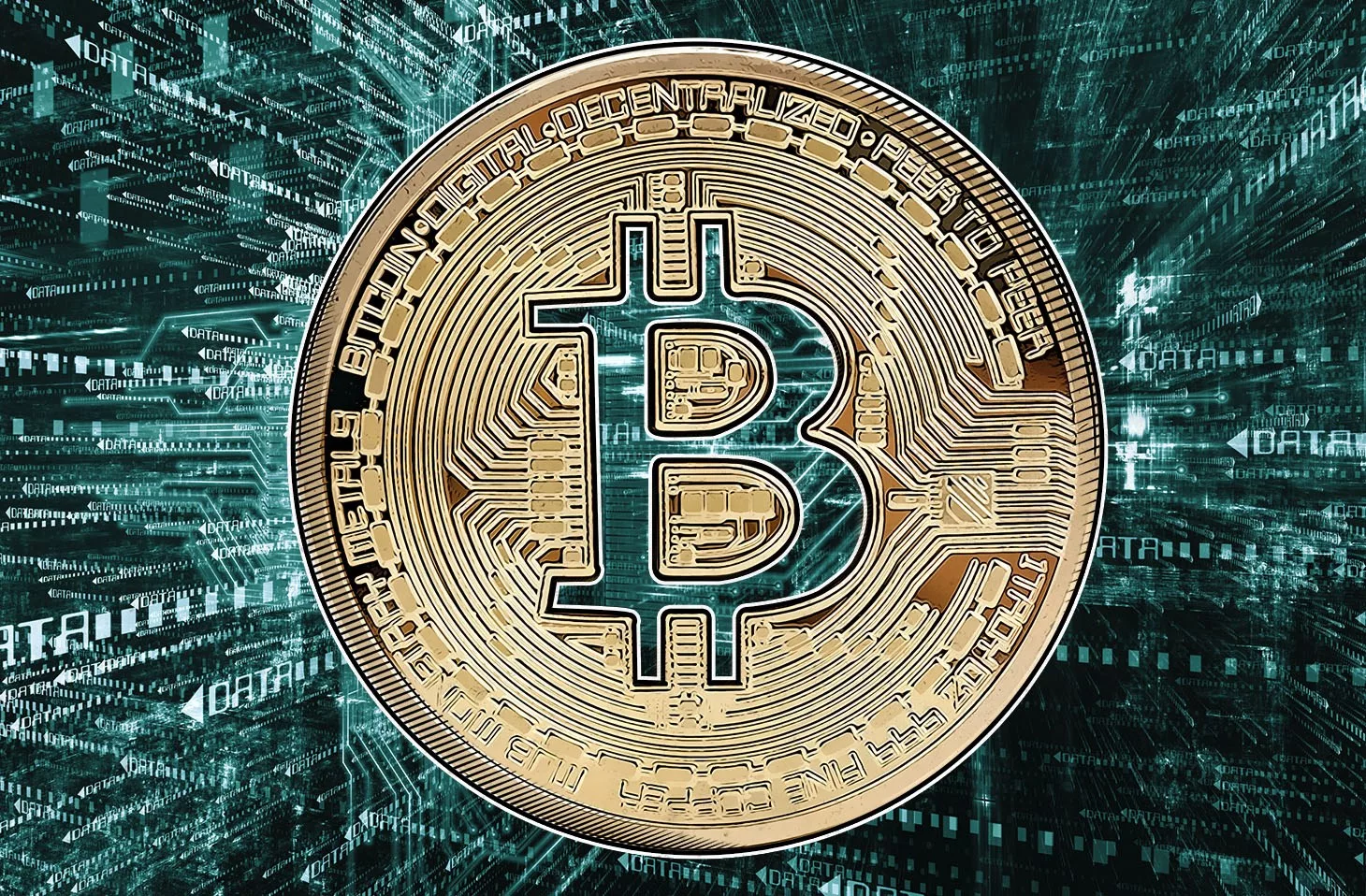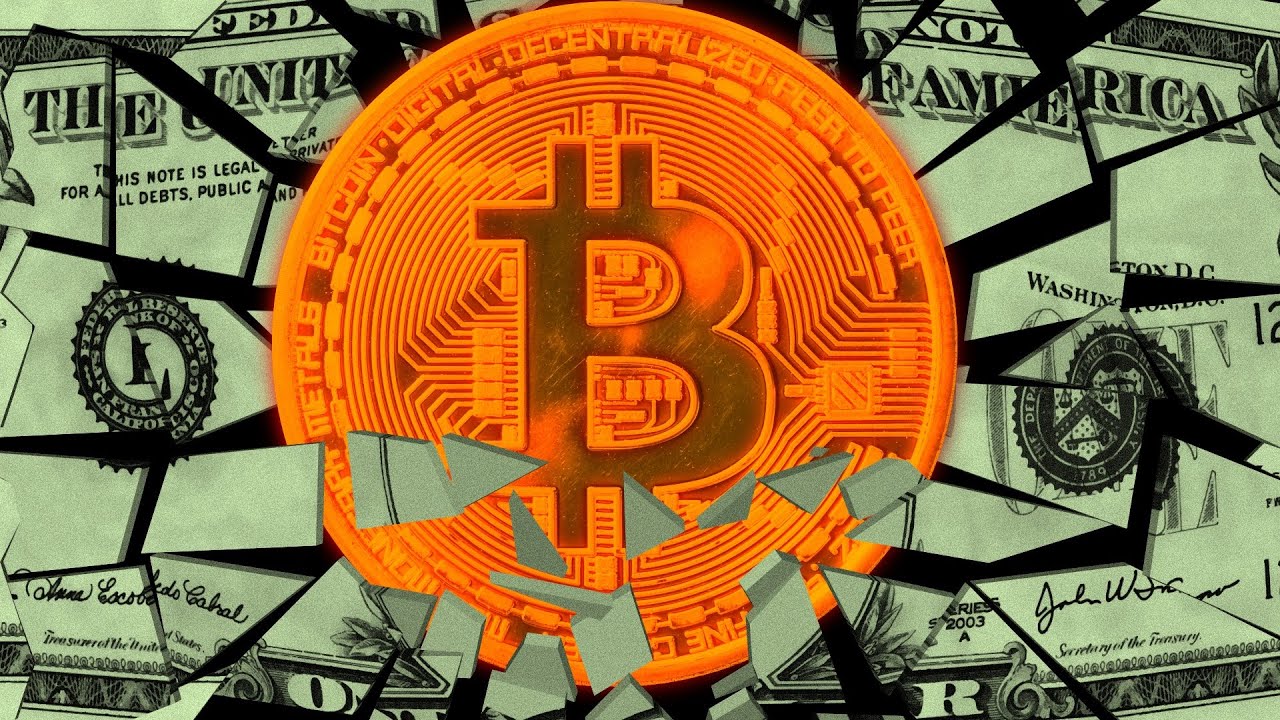
Bitcoin Consolidates Below $95,000 Market Uncertainty Ahead
Trading barely under the $95,000 level, Bitcoin consolidation stays in a position of technical and psychological uncertainty as of April 29, 2025. Following its explosive ascent to an all-time high of $108,244 in December 2024, Bitcoin consolidation has entered a protracted consolidation phase mostly marked by horizontal price movement, reduced trading volumes, and ever more cautious investor behavior. Bitcoin’s next significant action is unknown but much expected at the junction of macroeconomic demands and market uncertainty.
Bitcoin Consolidation Signals Pause
With range-bound trading between $93,000 and $95,000, Bitcoin consolidation present price movement displays all the features of a consolidation period. From a charting standpoint, BTC is going horizontally, and there is no evident momentum to break out in either direction. Consistently hovering in the 45–50 level on the daily chart, the Relative Strength Index (RSI) stays muted. This shows a balance between purchasing and selling pressure; neither side has taken center stage.

Another momentum indicator, the Moving Average Convergence Divergence (MACD), has lately entered bearish territory on shorter timescales and crossed below the signal line. Though not sufficient to show a complete negative reversal, this points to a slight tilt towards selling pressure. Clearly defined support ranges around $93,500; extra cushions are found between $91,200 and $89,000. From the resistance standpoint, $95,000 stays a psychological and technical ceiling; if momentum picks up, $96,500 and $100,000 become the next upside targets.
Additionally declining during the past two weeks is market volume, which suggests lower involvement. Usually, lower volume indicates less follow-through on any breakout effort, which supports the theory that Bitcoin is waiting for a more robust catalyst—technical or fundamental.
Cryptocurrency Market Volatility
More general macroeconomic elements, particularly changes in monetary policy and geopolitics, are progressively shaping the performance of Bitcoin. Persistent inflation and shockingly high employment data have caused the U.S. Federal Reserve to take a more hawkish posture in recent months, therefore postponing projected interest rate decreases. Financial markets—especially those deemed high-risk or speculative, Bitcoin included—have been rocked by this shift in posture.
A decrease in liquidity in world markets results from tighter financial conditions. Often found in digital assets, the free-flowing capital dries out as central banks tighten or postpone relaxing monetary policy. Investors grow more risk-averse and choose gold and U.S. Treasuries, classic safe-haven assets, over erratic virtual currencies.
Rising geopolitical conflict—especially between the United States and China—has also added to the volatility of world markets. New rounds of trade conflicts and tariffs have spurred worries about more general slowdowns of the economy. Risk appetite has thus been lowered, thus lowering speculative interest in the Cryptocurrency Market.
Investor Sentiment Shift
Investor behavior is another key component of Bitcoin’s current stagnation. On-chain data from analytics firm Glassnode indicates that over 360,000 BTC have been moved to exchanges and sold in the past month alone. Most of these coins appear to have originated from addresses with a cost basis of around $58,000—suggesting these are newer investors locking in profits from the 2023–2024 bull cycle.
This wave of profit-taking has added pressure to the market, limiting upside momentum. While not indicative of panic selling, the behavior underscores a lack of firm conviction among shorter-term holders. At the same time, long-term holders—those who acquired BTC years ago and held through multiple cycles—have largely remained unmoved, indicating ongoing belief in Bitcoin’s long-term value proposition.
The Bitcoin Fear & Greed Index has stabilized in the “Neutral” zone over the past two weeks, signaling a market that is neither overtly optimistic nor fearful. This neutrality fits the broader narrative of consolidation—a market unsure of direction, waiting for external cues.
Institutional Bitcoin Stagnation
Since the fourth quarter of 2024, when ETFs and big financial institutions included Bitcoin exposure amid the surge, institutional interest in Bitcoin has flatlined. The somewhat declining open interest in Bitcoin futures and options reflects a softening of speculative exuberance. Funding rates are essentially unchanged, though, which suggests that the futures market does not show any clear lean towards either short or long positions.
Low volatility in spot prices generally corresponds with this mixed attitude in futures and options markets, therefore confirming the consolidation theory. Extensive holdings, sometimes known as “whales,” have also been somewhat idle, avoiding significant distribution or accumulation. This passive activity of institutional and high-net-worth investors adds to the lack of directional momentum.
Bitcoin Price Outlook
In the short term, a break above $95,000 with increased volume could trigger a renewed bullish trend, particularly if Bitcoin can also surpass the $96,500 resistance zone. This would likely be interpreted as a technical breakout and attract new buyers, potentially propelling BTC back toward $100,000—a key psychological milestone.

On the downside, a failure to hold support at $93,000 or $91,200 could result in a retest of the $89,000 zone. Such a move would likely shake short-term confidence and could lead to further liquidations, particularly in the leveraged derivatives markets.
Macro developments will likely play a decisive role. Upcoming U.S. economic data—including inflation readings and employment reports—along with any surprises from central bank meetings, could act as catalysts. Similarly, resolution or escalation of geopolitical tensions may affect broader market sentiment and risk appetite.
Final thoughts
Although traders expecting rapid profits may find the current standstill frustrating, consolidation cycles like this are not intrinsically evil. Often acting as beneficial pauses, they let the market absorb prior gains, sort out weak hands, and create a basis for next actions. The market seems to be in wait-and-see mode as Bitcoin is stabilizing just below $95,000.
Long-term investors could find this a strategic accumulation window. For short-term traders, nevertheless, prudence is advised until definite signals show themselves. Internal technical triggers as well as outside macroeconomic changes will determine if Bitcoin breaks out from its present range.







